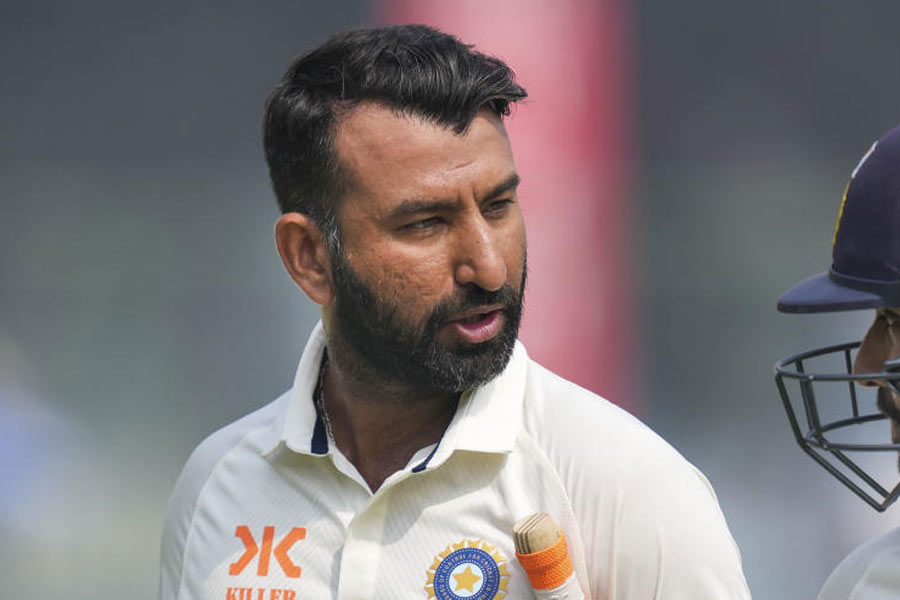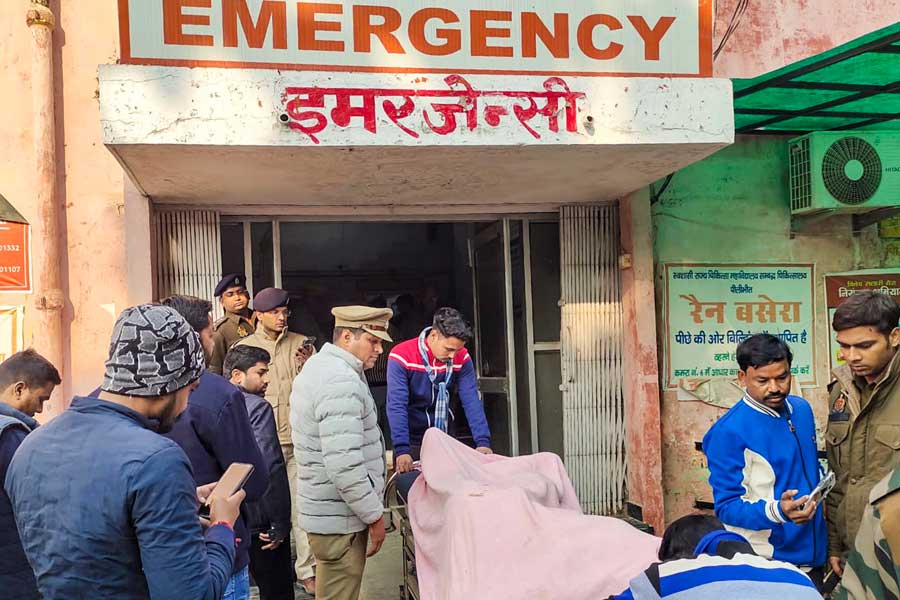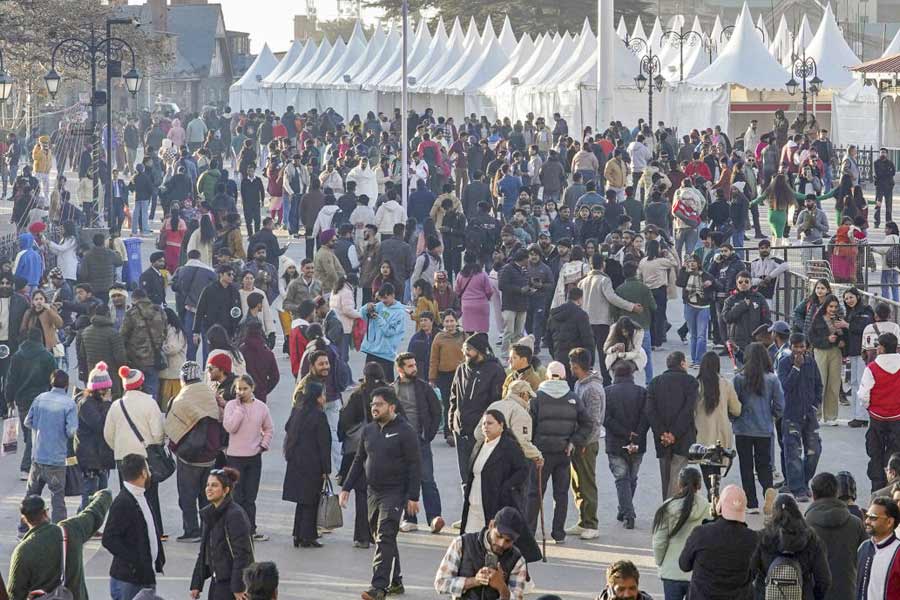There are stereotypes and there are stereotypes. The voracious businessman, the politician spewing platitudes, the soldier driven by patriotism alone. The stereotype of the Indian farmer is someone of lean frame, in scant attire, sickle in hand or plough. And though we incantate from birth “India is an agrarian economy”, that stereotype holds sway and one doesn’t quite associate the farmer with might. According to Census 2011, India has 118 million farmers. At the time of announcement of the PM-Kisan scheme in 2018, the Centre had budgeted for 145 million farmer families. Just in case you are fuzzy with your millions — the population of Bangladesh is around 160 million, of the United Kingdom 66.8 million, of Canada 38 million. The number of protesting farmers descending on Delhi all through last week would be hundreds of thousands. And at the heart of the protest, three farm laws pushed out by Parliament through a hurried voice vote despite some allies and many in Opposition begging to differ.
Rozi picture
But numbers don’t always spell might, especially not outside Parliament. In any case, one does not associate the farmer with might. With grain certainly and toil and land, but not might. Instead, the word farmer brings to mind suicides and images of bleeding feet with the skin peeling off. Most of the protesting farmers are from Punjab and Haryana; major wheat-producing states both. Wheat that goes into a roti. Roti that makes the world go round. India ranks low down in the Global Peace Index — it is in the 139th place in a list of 163 countries — but it is among the top four food producing countries of the world. It is among the 15 leading exporters of agricultural products in the world. Also, agriculture is the primary source of livelihood for about 58 per cent of our population. All of it comes to a lot of roti and rozi.
Might and the right
Nevertheless, one does not associate the farmer with might. He or she is more of an extension of the soil, elemental. And that’s why it seems all the more incongruous the decision to field the defence minister to lead talks, the need to resort to offence --- first trying to block them out, then trying to jail them, then labelling them Maoists and Khalistanis. All this despite the pledge of “intentions pure as Gangajal”. No matter what the final outcome, the four rounds of failed talks, the three farmer deaths in Delhi’s harsh winter and the length of protest are things that won't be forgotten in a hurry. Hereafter, farmers will be associated with some might and the government might want to be associated with a little less.










